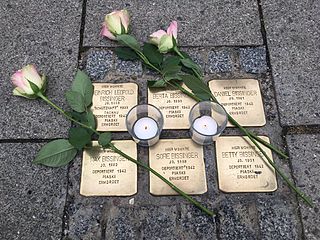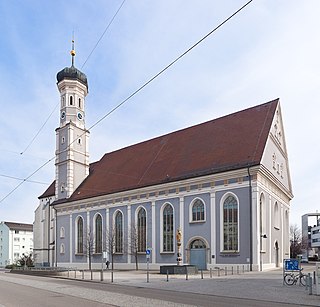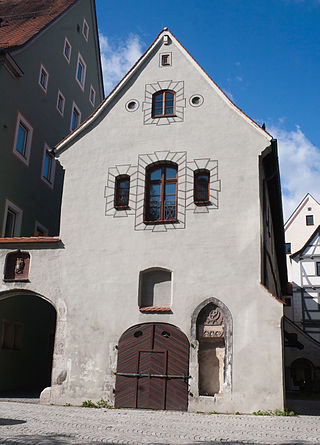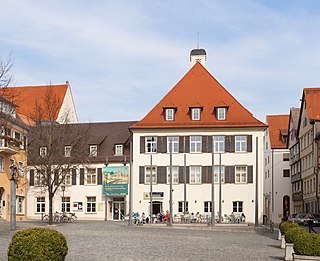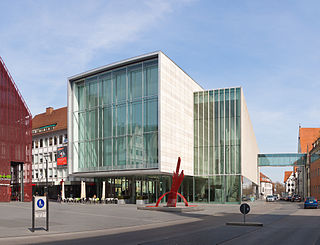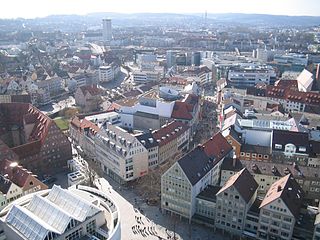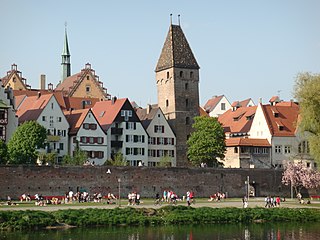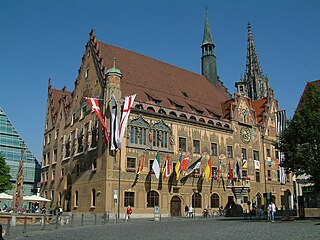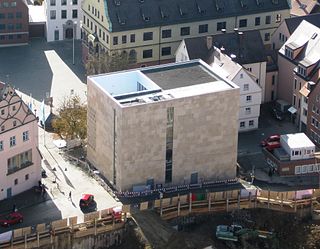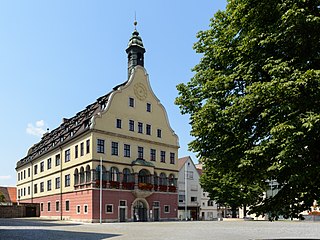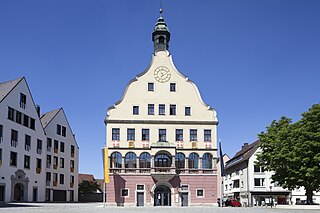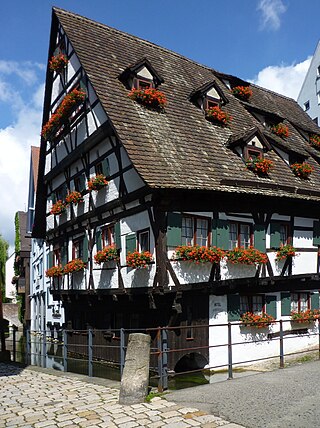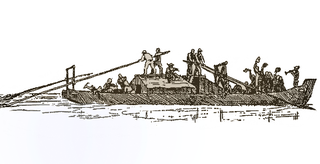Self-guided Sightseeing Tour #1 in Neu-Ulm, Germany
Legend
Tour Facts
3.9 km
56 m
Experience Neu-Ulm in Germany in a whole new way with our free self-guided sightseeing tour. This site not only offers you practical information and insider tips, but also a rich variety of activities and sights you shouldn't miss. Whether you love art and culture, want to explore historical sites or simply want to experience the vibrant atmosphere of a lively city - you'll find everything you need for your personal adventure here.
Individual Sights in Neu-UlmSight 1: Betty Bissinger
The list of stumbling stones in Neu-Ulm lists the stumbling stones that have existed in Neu-Ulm so far. They are part of the Europe-wide project "Stolpersteine" by the Cologne artist Gunter Demnig. These are decentralised memorials that are intended to commemorate the fate of those people who lived in Neu-Ulm and were deported by the National Socialists and murdered in concentration camps and extermination camps, among other places.
Sight 2: Haus der Begegnung
The Holy Trinity Church was founded by the Dominicans in Ulm. The church building was largely destroyed in the Second World War and was a ruin for decades. The reconstruction took place with a change of use. The building has been used since 1984 as a meeting house of the Evangelical Church Community of Ulm.
Sight 3: Steinhaus
St. Nicholas' Chapel and Steinhaus at Neue Straße 102, formerly Schelergasse 11, are the oldest surviving buildings in Ulm. At least parts of the building fabric date back to the Romanesque era, the Swabian period.
Sight 4: Museum Ulm
The Museum Ulm, founded in 1924, is a museum for art, archeology, urban and cultural history in Ulm, Germany.
Sight 5: Kunsthalle Weishaupt
Kunsthalle Weishaupt is an art gallery located in Ulm, in Baden-Würtemberg, Germany. It houses a private collection of modern art. The Kunsthalle Weishaupt was founded in 2007.
Sight 6: Valentinskapelle
The Valentine's Chapel is a small Russian Orthodox church named after St. Valentine of Terni on the Münsterplatz in Ulm, Germany. The listed building was built around 1458 as the burial place of the noble Rembold family.
Sight 7: Heinz Weglein
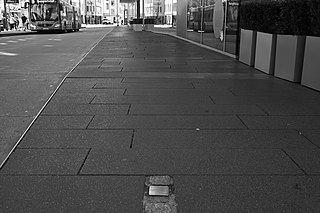
The list of Stumbling Stones in Ulm lists the Stumbling Stones that have existed in Ulm so far. They are part of the Europe-wide project "Stolpersteine" by the artist Gunter Demnig. These are decentralised memorials that are intended to commemorate the fate of those people who lived in Ulm and were deported by the National Socialists and murdered in concentration camps and extermination camps, among other places, or forced to flee their homeland.
Sight 8: Metzgerturm
The Butcher's Tower in Ulm is a city gate of the medieval city fortifications on the Danube that is still preserved today. The square brick tower with pointed arch gates was built around 1340 as an outlet of the Swabian city fortifications to the Stadtmetzig in front of it, the town's slaughterhouse. The upper floor with projecting round arches is closed off by a steep hipped roof.
Sight 9: Rathaus
Ulm Town Hall is one of the outstanding architectural monuments of the city of Ulm, not least because of the façade murals and an astronomical clock. Its complex architectural history – it consists of three different components – began in the 14th century. Its current appearance essentially dates back to the early Renaissance.
Sight 10: Stadthaus
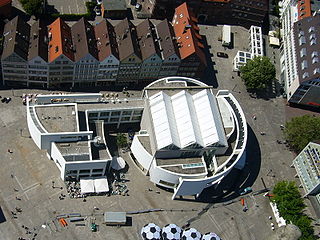
The Stadthaus Ulm is in the centre of Ulm (Germany), located on the Münsterplatz. Primarily, the building is used to present exhibitions of photography and modern and contemporary art. A lecture hall is used for a variety of events, activities, and workshops, including a festival of modern music. It houses the city's tourist information centre and other public services on the ground floor. A permanent exhibition of the archaeology and history of the Münsterplatz is located on the lower level.
Sight 11: Neue Synagoge Ulm
The IRGW community center at the Weinhof is the official name of the community center of the Orthodox Jewish community of Ulm. The client and owner of the community center at the Weinhof is the Israelite religious community of Württemberg (IRGW) based in Stuttgart.
Sight 12: Schwörhaus
The Schwörhaus in Ulm is an imperial city representative building built at the beginning of the 17th century. After several destructions and reconstructions, it is now used by the Ulm City Archive as the House of Ulm's City History. From his balcony, the mayor of Ulm gives an annual public account on Oath Monday.
Sight 13: Haus der Stadtgeschichte
The Haus der Stadtgeschichte – Stadtarchiv Ulm is the archive of the Baden-Württemberg city of Ulm.
Sight 14: Schiefes Haus
The Leaning House is a late Gothic half-timbered house in Ulm, which has an inclination of 9 to 10°.
Sight 15: Ulmer Schachtel
The Ulmer Schachtel is a disposable type of boat that has been used to transport goods, passengers and troops on the Danube since the Middle Ages. It was only used for nau trips downstream.
Sight 16: Martin-Luther-Kirche
The Martin Luther Church in Ulm was built between 1926 and 1928 in Ulm's Weststadt as a successor to the Martinskirche (Martinsstraße), which had become too small. The architect was Theodor Veil, who, as a member of the Deutscher Werkbund, implemented contemporary stylistic features in this sacred building in an original and creative way. The church is located on the Way of St. James, the historic pilgrimage route that leads from Ulm over the Kuhberg towards Lake Constance.
Share
How likely are you to recommend us?
Disclaimer Please be aware of your surroundings and do not enter private property. We are not liable for any damages that occur during the tours.
GPX-Download For navigation apps and GPS devices you can download the tour as a GPX file.
